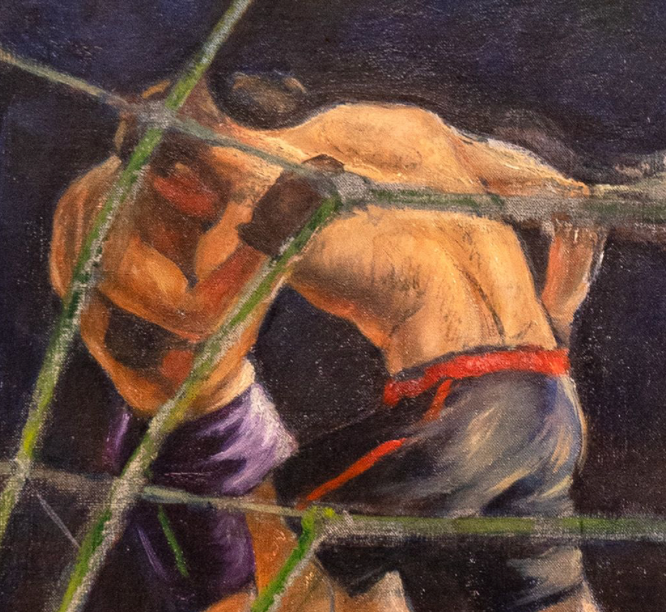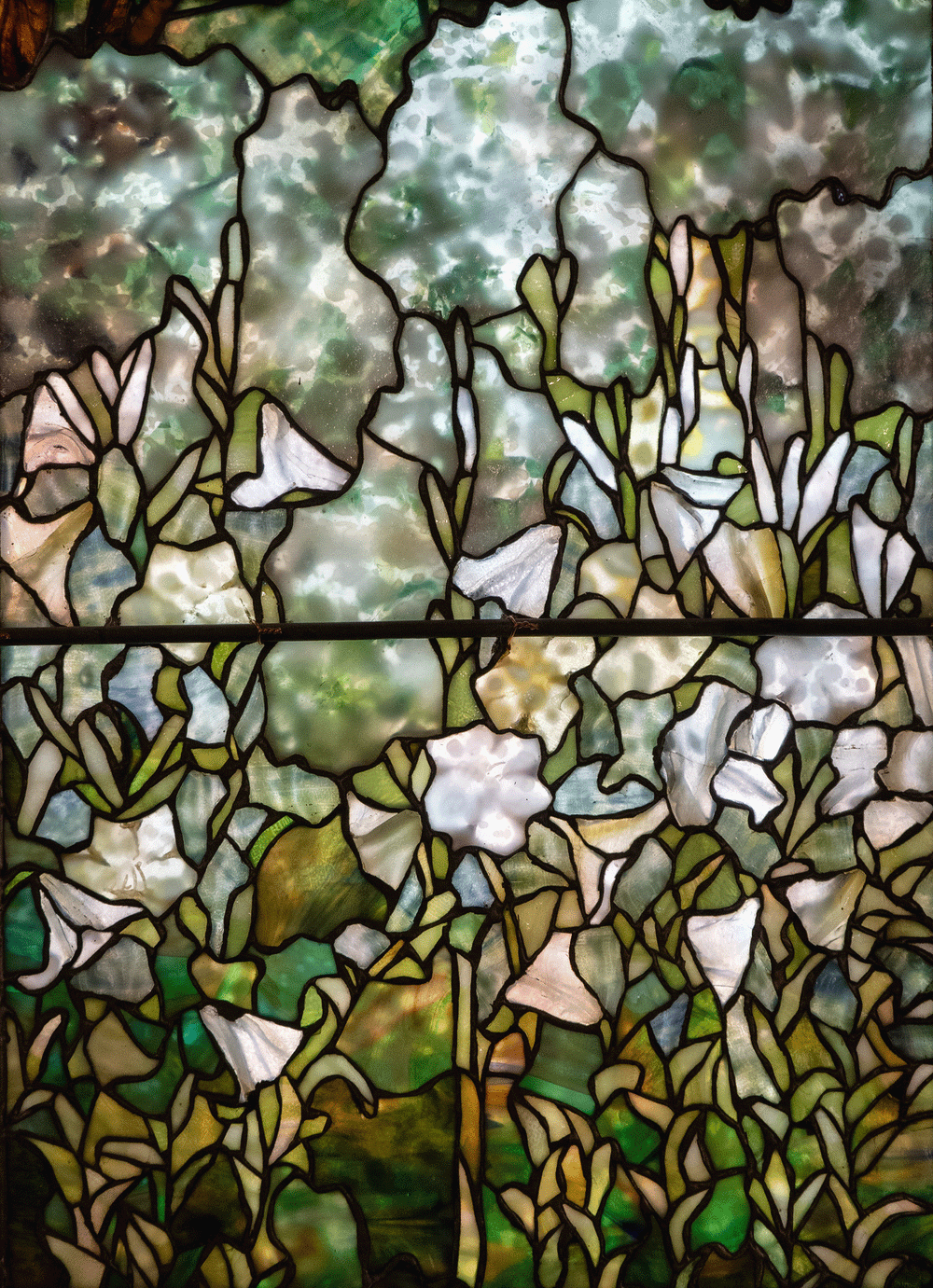Mahonri Young (Salt Lake City, UT 1877 - Norwalk, CT 1957) The Artist at Ringside, 1934


This work was painted at the height of Mahonri’s career, at time when he had become world famous for his passionate and realistic depictions of boxers — works that were collected by Cole Porter, Joseph Pulitzer, and JD Rockfeller, and now found in the Smithsonian and Metropolitan Museums.
Mahonri Young’s biography is remarkable. He was born in Salt Lake City, eleven days before the death of his grandfather, Brigham Young, Prophet and President of The Church of Jesus Christ of Latter-day Saints. Mahonri was a member of a new generation growing up on the Western Frontier. Rather than homesteading in log cabins and living off the land, Young walked electrically-lit streets and took lessons from European-trained artists. He eventually studied at the Art Students’ League in New York, then in Paris at the prestigious Académie Julian. Young returned to the States, and, after the death of his first wife, returned to Paris then settled in New York.
It was in Paris that Young created his first series of internationally-acclaimed works capturing the drama of boxers, including Da Winnah! (Figure 1), Right to the Jaw, The Knockdown, and Two Bantams. Young worked with the Valsuani Foundry in Paris, who also cast sculptures for Auguste Rodin, Henri Matisse, Aime-Jules Dalou, and Aristide Maillol. For the series, Young regularly attended boxing matches, even consulting with the French middleweight boxing champion René Devos. The works were an immediate success, launching Young into rarified post-war circles that included Pablo Picasso, Salvador Dali, and the Fitzgeralds. He gave painting lessons to Gertrude and Leo Stein, and dined with Ernest Hemingway. In a 1926 letter to a friend, Young describes a visit from Linda Lee Thomas Porter, wife of the composer, Cole Porter, who came with a group of women from the “loftiest circles of international society” to see his art. He was delighted to learn that Porter and her friends knew a great deal about boxing, having attending many matches themselves.
Young was one of several prominent American artists to become famous for his boxing images. George Bellows (1882-1925) and George Luks (1867-1923) also rose to prominence with their depictions of amateur and prize fights. All three had a similar lineage as students of Robert Henri (1865-1929) at the Arts Students’ League in New York. Henri was a founding member of the Ashcan School philosophy, which aspired to apply academic skills to paint prosaic, even dirty, subjects. According to the art critic Robert Hughes, Henri “wanted art to be akin to journalism . . paint to be as real as mud, as the clods of horse-dung and snow that froze on Broadway in winter.” As a result, Luks’ and Bellows’ images of boxing often wallowed in the violence and gore of their subjects, albeit with occasional humor, as in a self-portrait Luks did of himself as a failed boxer with a black eye and prominent cut on his left cheek titled Chicago Whitey. This contrasted with Mahonri’s images which tended to focus on color and movement. Despite these differences, critics often grouped and compared the three.
Young, long-accustomed but demonstrably weary of the comparison, later wrote in his autobiography:
So, I got a lot of work done [in Paris] and then when I came home I had a show of these things at Frank Glynn’s and they made quite a hit. They even said, ‘Why, this man almost is George Bellows.” The Truth of the matter is, I’d done prize-fights long before George Bellows had, but they [Bellows’ works] were paintings. I’d made studies and drawings, an infinite number of drawings.
In 1934, Mahonri was living in New York. He had just closed two critically-acclaimed shows in private galleries, and was working with the Church of Jesus Christ of Latter-Day Saints to create the This is the Place Monument (Salt Lake City, UT) and a statue of his Grandfather, Brigham Young, which was installed in the United State Capitol Building.
Mahonri Young (Salt Lake City, UT 1877 - Norwalk, CT 1957)
The Artist at Ringside, 1934
Oil on canvas
30 x 25 in.
Signed lower center, “Mahonri Young 1934”



